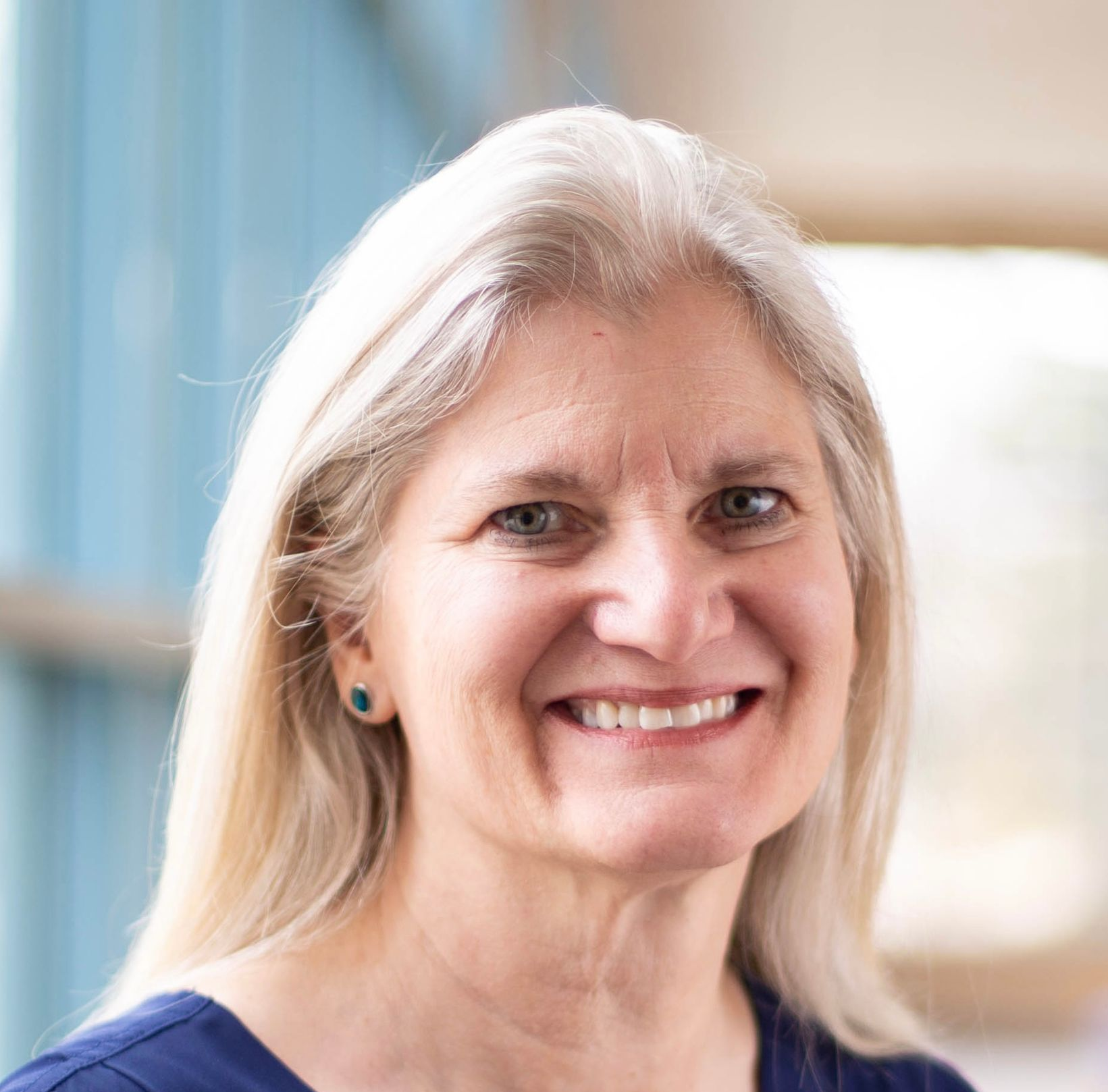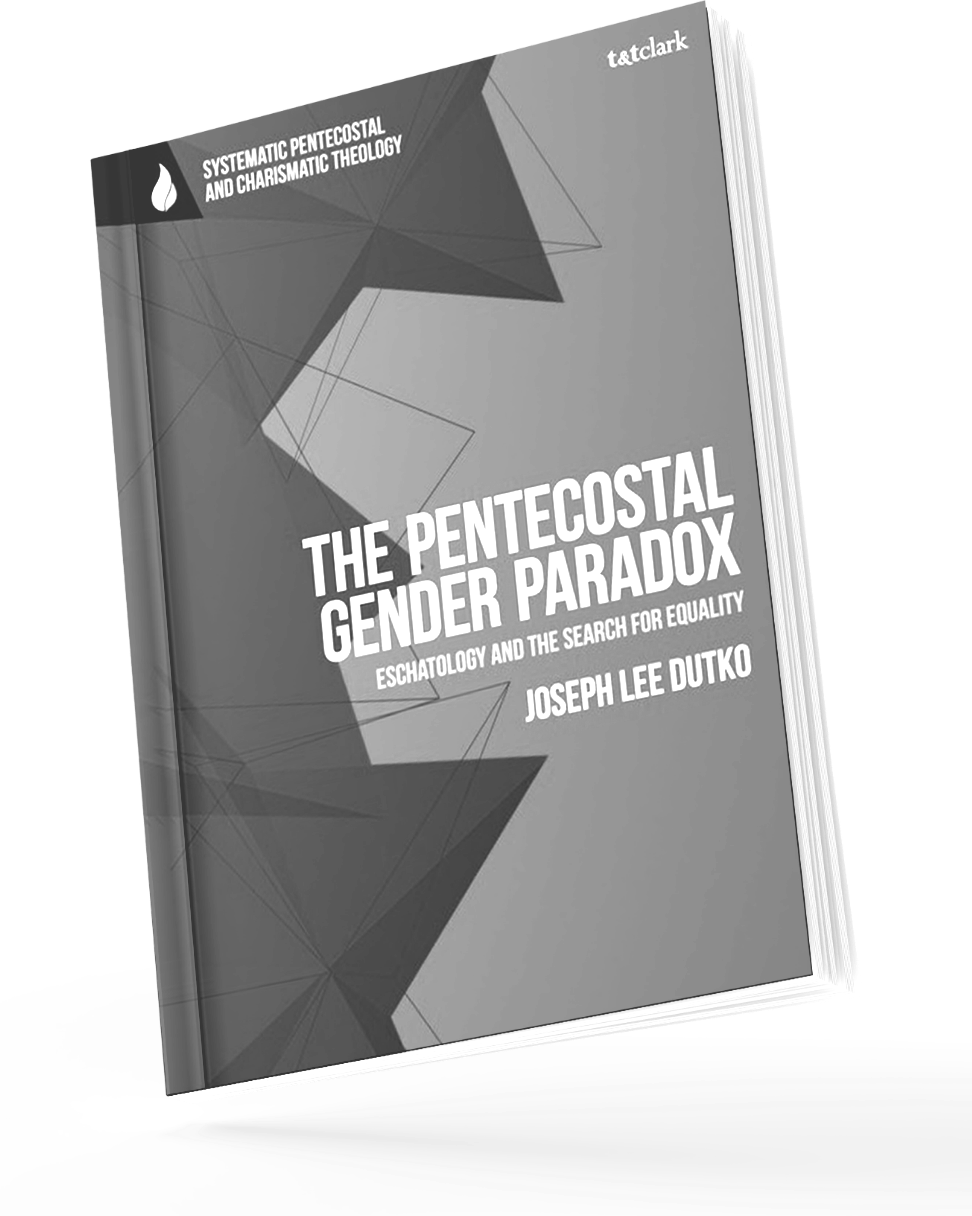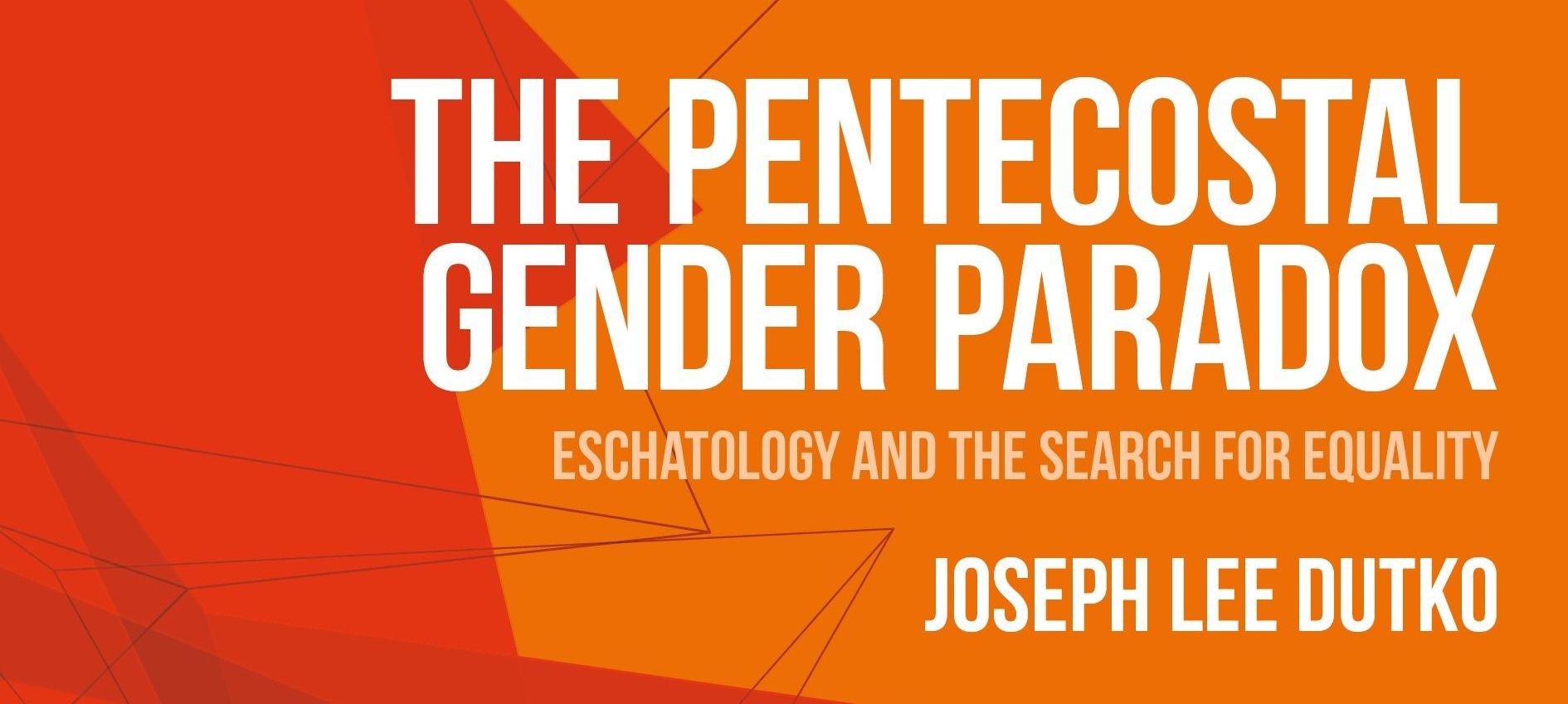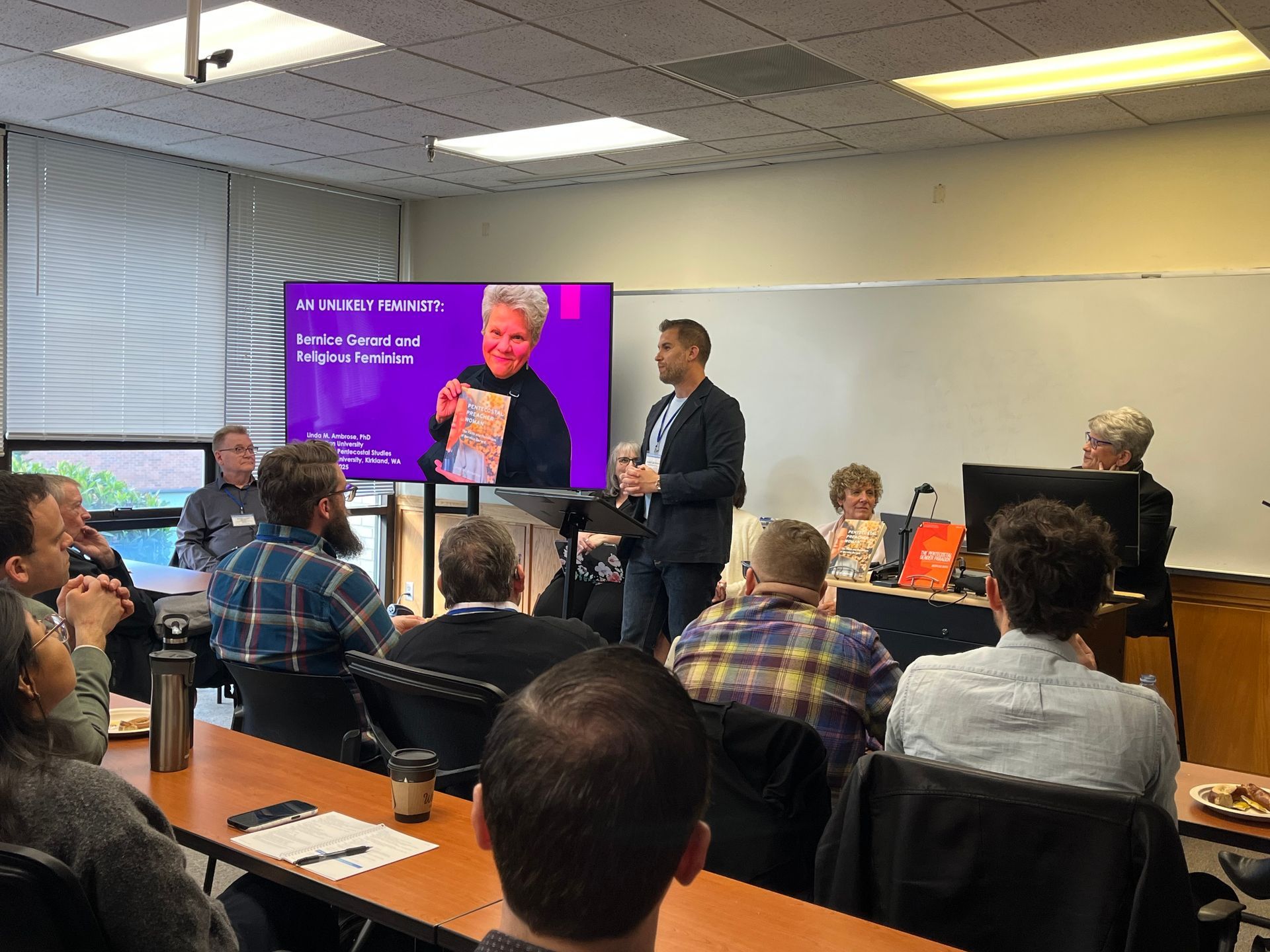Guest Post: Well-Intentioned Leaders START with Gender Equity Polices. Wise Leaders END There.
Ellen Duffield Presents a Model For True Change
I am excited to share another guest post on the gender paradox blog by welcoming Ellen Duffield.
Want to share your story, insights, or ideas related to the gender paradox? Submit a proposal here.
* * * * *
“Gender is a topic about which people of outstanding character disagree. However, interpreters with integrity need to take responsibility for the theological trajectories of their conclusions and those of the networks with which they associate . . . A number of issues that face Christianity and the church in contemporary society are embedded in the issues of gender.”[1]
Even those who theoretically and theologically embrace women and men serving shoulder to shoulder in all aspects of life and ministry may struggle to actualize this vision. Many well-intentioned initiatives backfire, leading to greater polarization and defensiveness, not less! After years of observing this pattern in churches, denominations, and organizations, I began to wonder if maybe we were going the wrong way around the circle.
Let me explain. Recent backlash notwithstanding, many faith-based and other institutions have invested time and energy into the important work of creating spaces where both men and women can thrive. The issue is well researched. We know what needs to be done such as a minimum of 30% women at decision-making tables,[2] effective training programs, and leaders, budgets, policies, and practices that support this priority. Yet few initiatives are actually moving the needle.
Deep change takes . . . well, deep change.
The following model seeks to offer a helpful pathway. All models are flawed to some degree, but hopefully this model is helpful to you in some way.
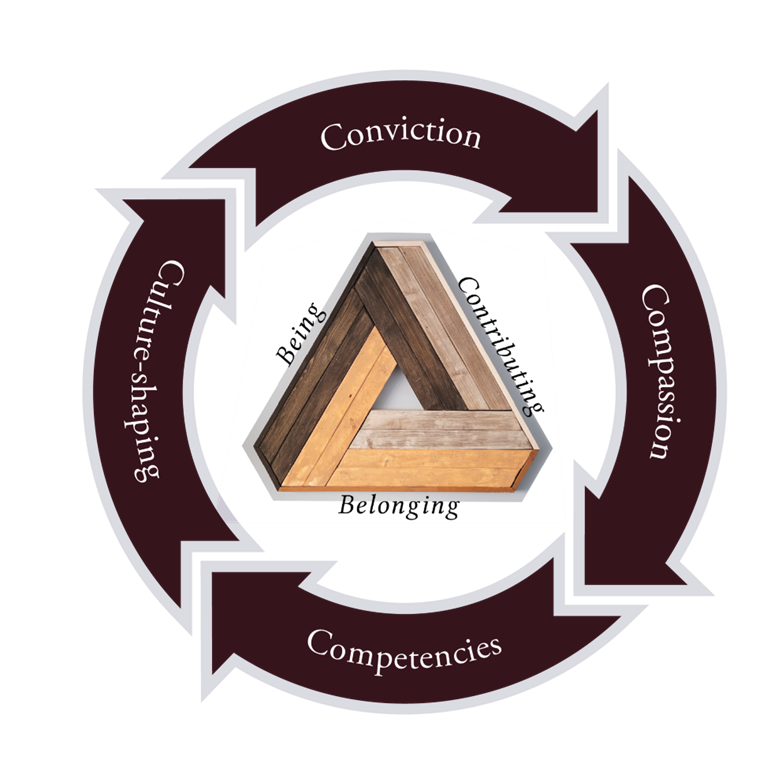
Conviction
This 4 C’s journey begins at the top of the circle with conviction, with the difficult inner work of determining if this is a “go to the wall” issue or not. Galatians 2:14 describes a gospel defined by who sits at who’s tables. In Paul’s day, inclusion was measured at meals. To back away from this countercultural practice was to be ‘out of step with the Gospel.’ In our context, inclusion may more aptly include who is invited to what decision-making tables.
Our theological conviction may be augmented by a sociological one. We know that when a minimum of 30% women are at decision-making tables around the world levels of crime, corruption, and terrorism go down and levels of sustainable peacekeeping, access to clean water, education, and health care go up. Countless global organizations agree that if there were a small handful of levers that we could pull on that would make the most profound and lasting impact to people’s lives around the world, empowering and engaging women and girls would be near the top of the list.
We may also be motivated by a personal conviction rooted in our commitment to our daughters and informed by the startling news that a woman’s confidence peaks at age 9 (did you catch that?) and that our smartest, most well-travelled and most well-read women are most likely to see themselves as “other.”
Compassion
When we can say with conviction that this matter is so firmly rooted in our theology of God, the gospel, the kingdom, and concern for real people that we are willing to do the hard work of the next step, then it is time to move on. Compassion refers to the inner self-awareness work we each need to do as it relates to gender woundedness and the other-awareness work of listening that we all think we are good at but actually… well…
In my experience almost everyone wants to rush through this second step, but it takes discipline and humility to stay there long enough to allow the Spirit to change us.
Competencies
The third step of the journey involves developing new competencies, ways of relating and working that may feel foreign and even uncomfortable at first. In my current context in a seminary setting, this shows up as new approaches to learning. In almost every context it will include learning new ways of communicating, healthy boundary setting, and measuring impact. In faith-based communities it will also include learning how to truly model the self-giving, space-making work of kenotic community.
Culture-Shaping
Having taken this journey together we are now personally and corporately ready to talk about culture-shaping policies, processes, and practices. Sadly, many churches and organizations start here. If I had a nickel for every time I’ve heard “we tried having a woman on our board” or “we established quotas but that was a disaster” I might not be rich, but I’d have a lot of nickels.
With the best of intentions, Christian organizations move backwards around the circle only to discover that things like healing, reconciliation, reciprocity, and partnerships cannot be mandated, they must emerge from the deep dialogue of a community who have set their eye on wholeness.
* * * * *
This vision brings us back to conviction, and to our corporate calling as shalom-chasers. Walter Brueggemann says that Shalom is “an announcement that God has a vision of how the world shall be and is not yet . . . One way the community can say “no” to the vision and live without shalom is by deceiving itself into thinking that its private arrangements of injustice and exploitation are suitable ways of living (Jer. 6:13-14, compare Ez. 13:10, 16 & Amos 6:1-6). Shalom is the special task and burden of the well-off and powerful. They are the ones held accountable for shalom.”[3]
If, as Brueggemann suggests, Shalom comes only to the embracing community, then that excludes none.[4] And if the Gospel is indicated by who is at our tables, perhaps the hard work of going the right way around the circle is even more important than we realized.
[1] Cynthia Long Westfall, Paul and Gender: Reclaiming the Apostle’s Vision for Men and Women in Christ (Grand Rapids: Baker Academic, 2016), 314-315.
[2] “Some Effects of Proportions of Group Life: Skewed Sex Ratios and Responses to Token Women,” American Journal of Sociology, University of Chicago Press, Vol. 82, Nu. 5, (March 1977); A.M. Konrad, V. Kramer, & S. Erkut (2008). Critical mass: The impact of three or more women on corporate boards. Organizational Dynamics, 37(2), 145-160; C. Chesterman, A. Ross-Smith, & M. Peters, “The Gendered Impact on Organizations of a Critical Mass of Women in Senior Management.” Oxford Academic, 2005. https://academic.oup.com.
[3] Walter Brueggemann, Living Towards a Vision: Biblical Reflections on Shalom (Cleveland, OH: Pilgrim Press, 1982), 39-40, 24.
[4] Ibid, 16.
NEWSLETTER SIGNUP (blog post layout)
ABOUT JOSEPH
Pastor, Author, and sometimes pretends to be a Scholar
Joseph (PhD, University of Birmingham) is the author of The Pentecostal Gender Paradox: Eschatology and the Search for Equality.
Since 2015, he and his wife have together pastored Oceanside Community Church on Vancouver Island, where they live with their four children.

